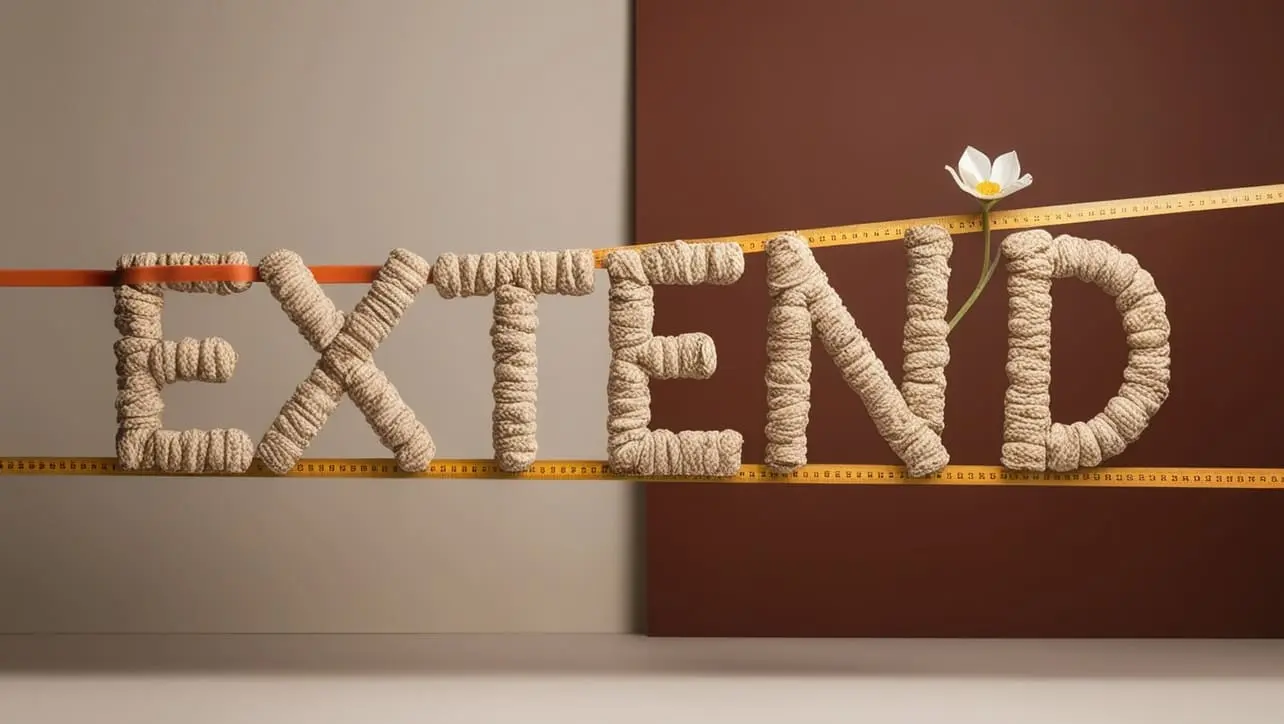
jQuery Topics
- jQuery Introduction
- jQuery Callbacks
- jQuery deferred
- jQuery selectors
- jQuery Ajax Events
- jQuery Ajax Methods
- jQuery Keyboard Events
- jQuery Keyboard Methods
- jQuery Form Events
- jQuery Form Methods
- jQuery Mouse Events
- jQuery Mouse Methods
- jQuery Event Properties
- jQuery Event Methods
- jQuery HTML
- jQuery CSS
- jQuery Fading
- jQuery Traversing
- jQuery Utilities
- jQuery Properties
jQuery jQuery.extend() Method

Photo Credit to CodeToFun
🙋 Introduction
In jQuery, the jQuery.extend() method plays a vital role in extending the functionality of jQuery itself and custom JavaScript objects. Understanding how to use this method effectively can empower you to create more modular and reusable code.
This guide explores the jQuery.extend() method in detail, providing clear examples and explanations to help you leverage its power in your projects.
🧠 Understanding jQuery.extend() Method
The jQuery.extend() method merges the contents of two or more objects into the first object. It is commonly used to combine multiple objects into a single object, facilitating modular code organization and reusability.
💡 Syntax
The syntax for the jQuery.extend() method is straightforward:
jQuery.extend(target [, object1 ] [, objectN ] )Parameters:
- target: The object to which other objects will be merged.
- object1, objectN: Additional objects whose properties will be merged into the target.
📝 Example
Extending jQuery:
You can use
jQuery.extend()to add custom methods or properties to the jQuery namespace. For example:example.jsCopiedjQuery.extend({ customMethod: function() { // Custom method implementation }, customProperty: "Custom Value" });Now, you can use jQuery.customMethod() and access jQuery.customProperty throughout your code.
Merging Objects:
You can merge multiple objects into one using
jQuery.extend(). For instance:example.jsCopiedvar obj1 = { foo: "bar" }; var obj2 = { baz: "qux" }; var mergedObj = jQuery.extend(obj1, obj2);This will merge obj2 into obj1, and mergedObj will contain { foo: "bar", baz: "qux" }.
Deep Copying:
By passing true as the first argument, you can perform a deep copy of objects:
example.jsCopiedvar obj1 = { foo: { bar: "baz" } }; var obj2 = jQuery.extend(true, {}, obj1);This will create a deep copy of obj1, ensuring that changes to obj2 do not affect obj1.
🎉 Conclusion
The jQuery.extend() method is a versatile tool for extending jQuery functionality and merging objects in JavaScript. Whether you need to add custom methods to jQuery, merge multiple objects, or perform deep copying, this method provides a convenient solution.
By mastering its usage, you can write more modular, reusable, and efficient code in your projects.
👨💻 Join our Community:
Author

For over eight years, I worked as a full-stack web developer. Now, I have chosen my profession as a full-time blogger at codetofun.com.
Buy me a coffee to make codetofun.com free for everyone.
Buy me a Coffee












If you have any doubts regarding this article (jQuery jQuery.extend() Method), please comment here. I will help you immediately.